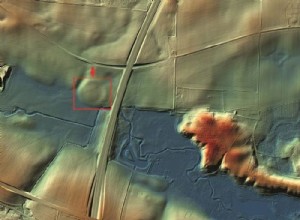The discovery of carved wood fragments suggests that the first emperor of China, Qin Shi Huangdi, was in search of the elixir of immortality more than 2200 years ago. The terracotta soldiers of Qin Shi Huangdi (221 BC-207 BC) ensured his posterity, but it was immortality that the first emperor of




